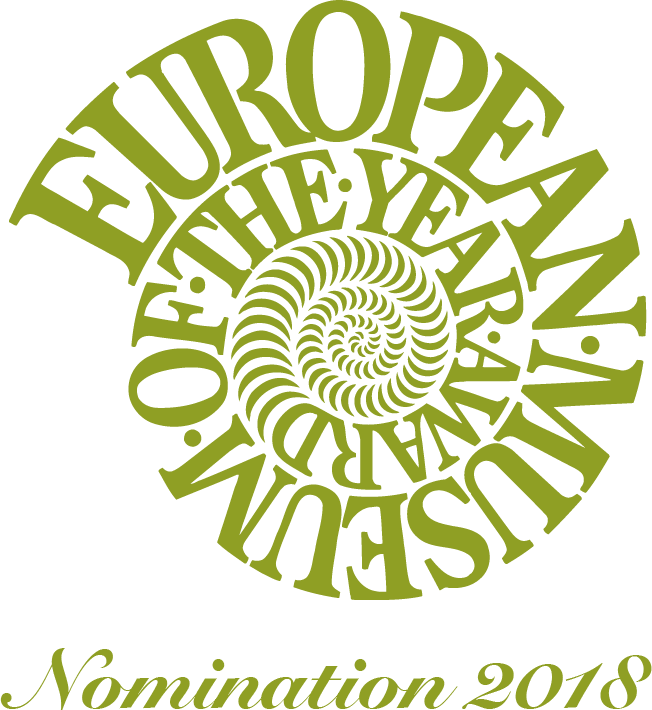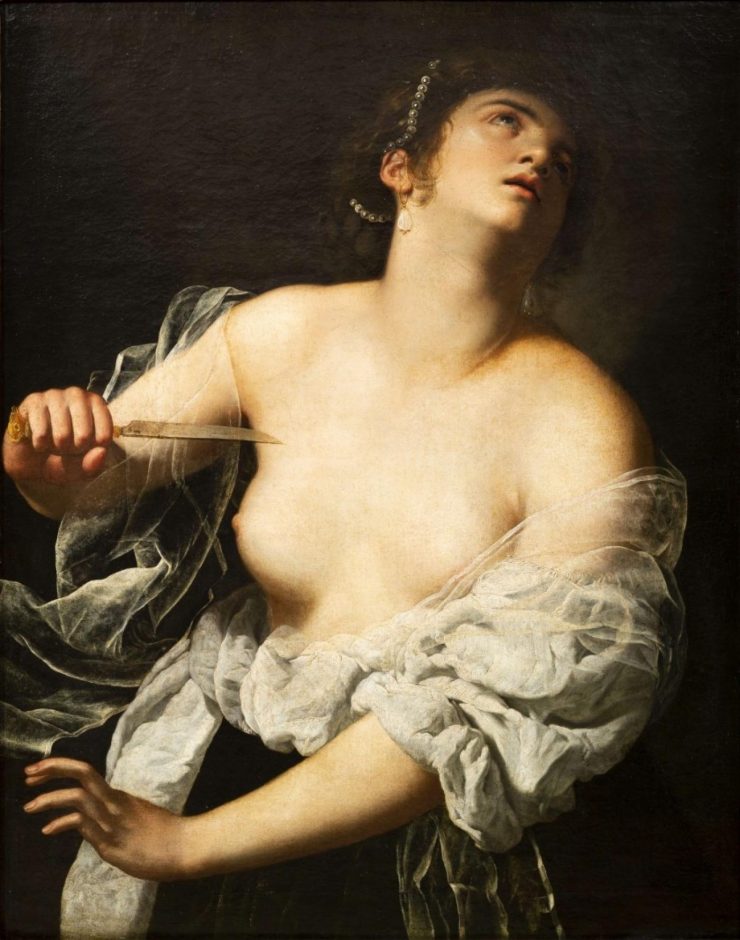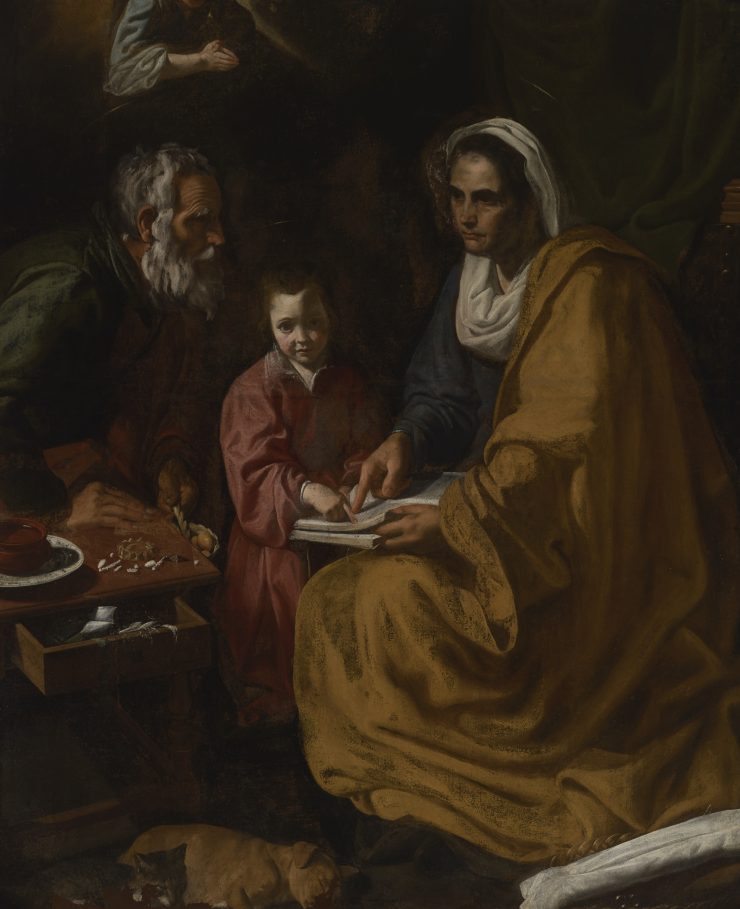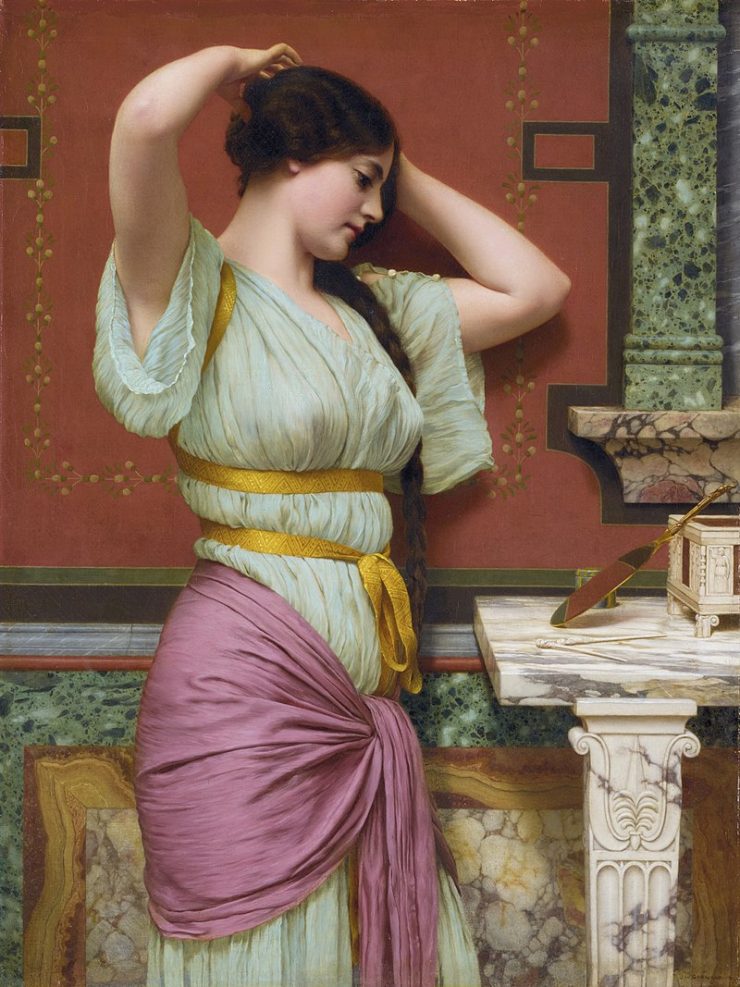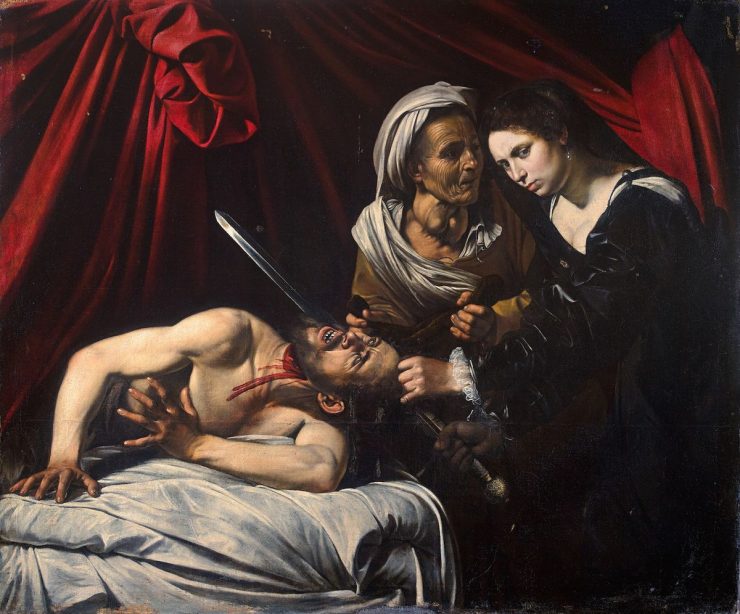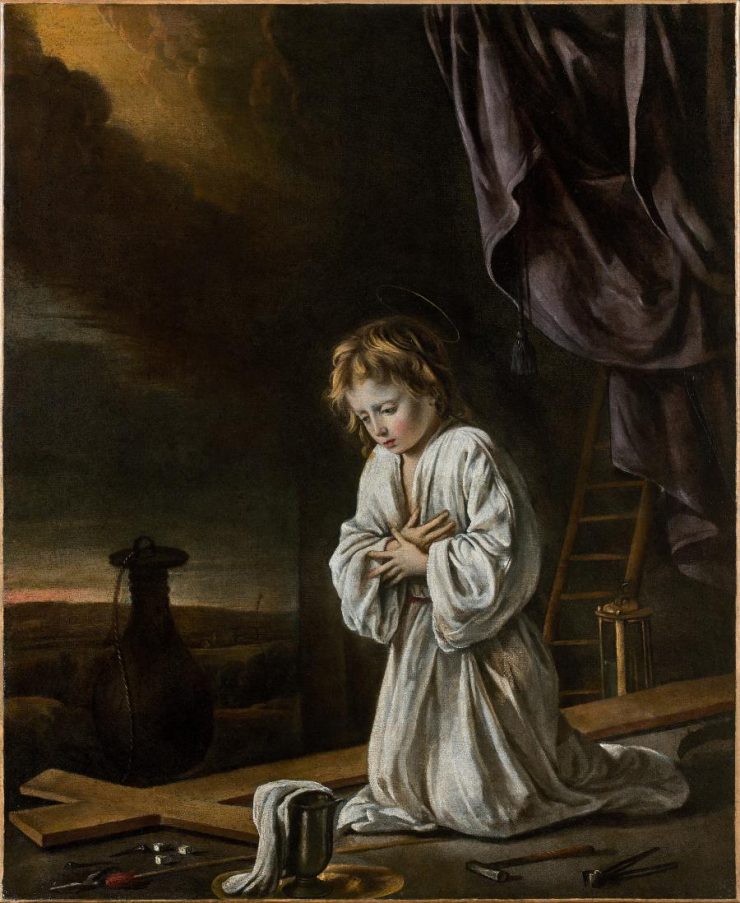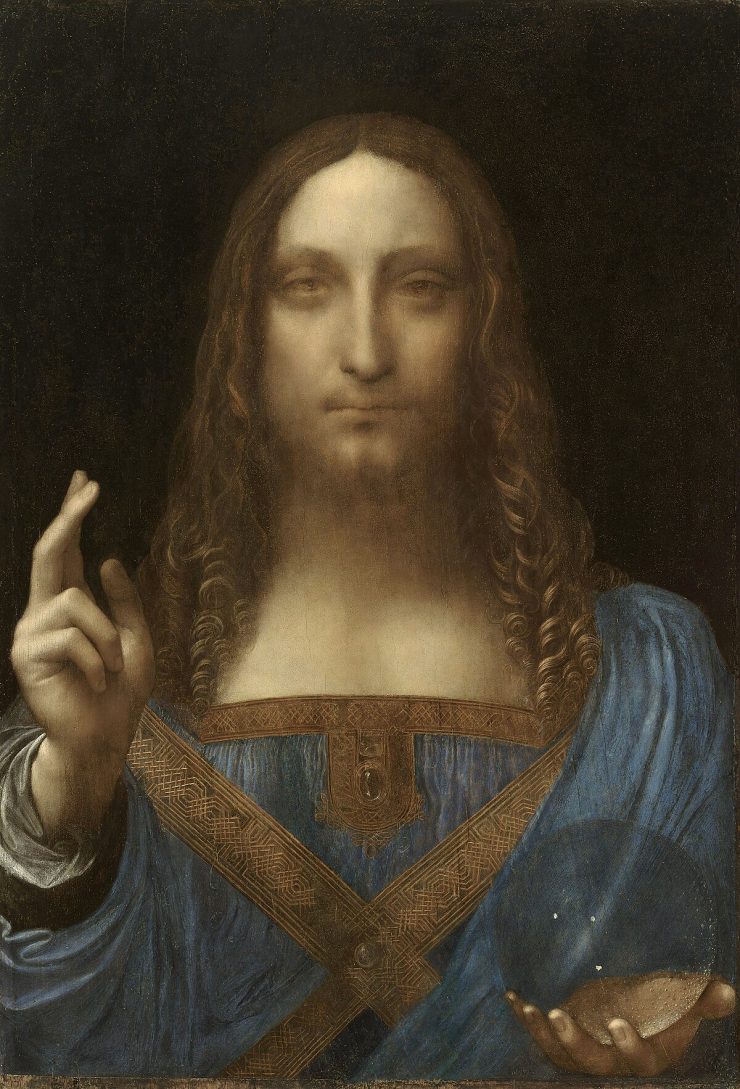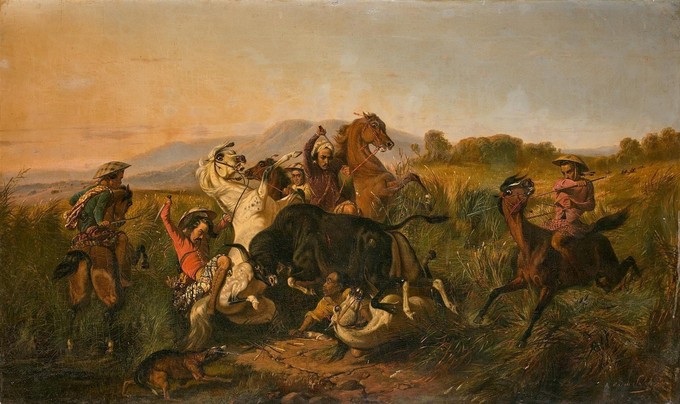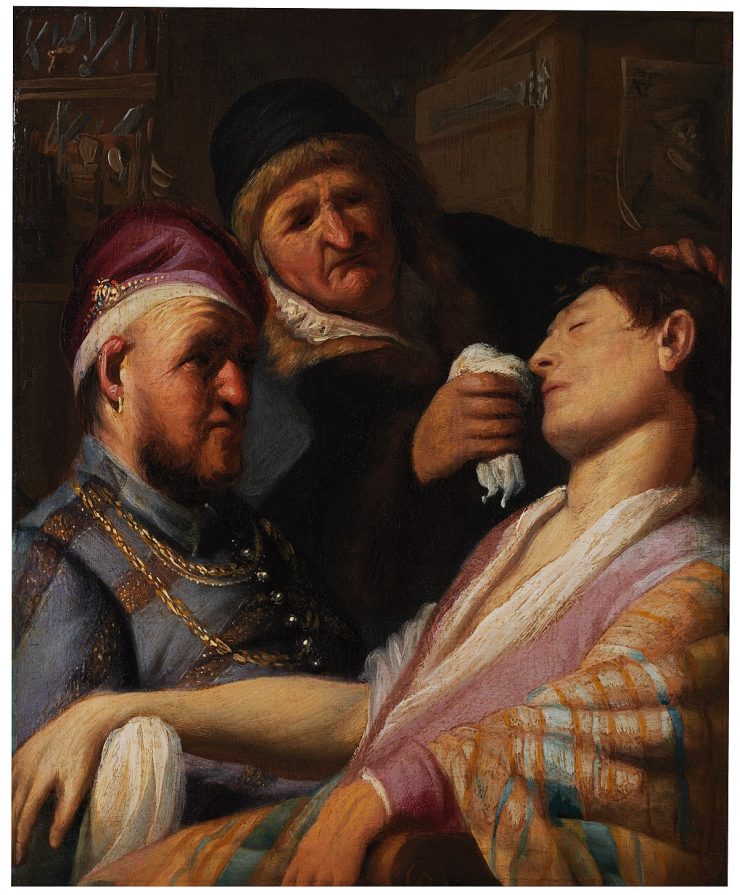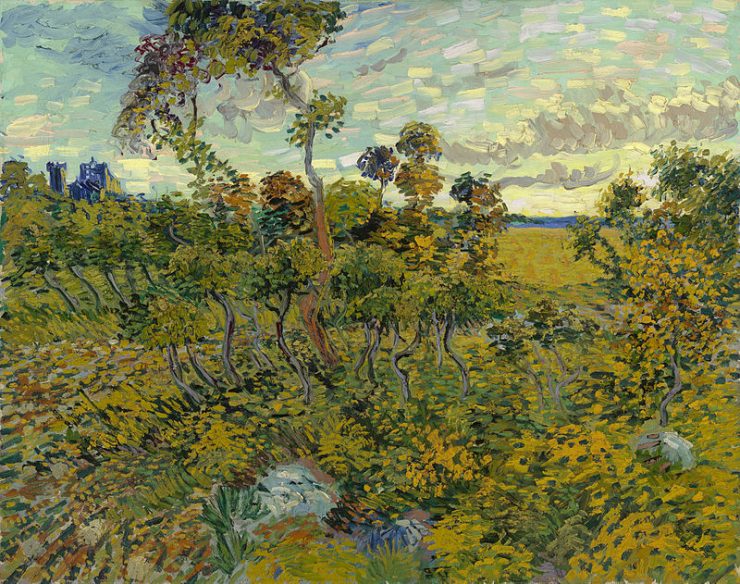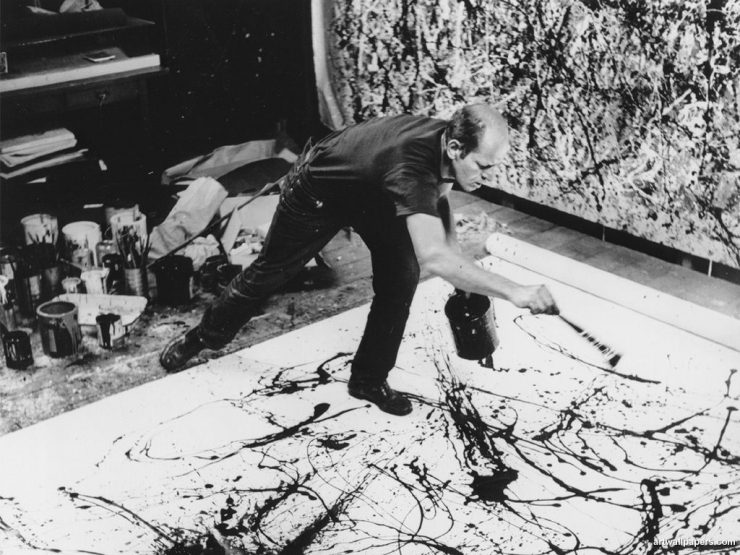Who hasn’t dreamt of rediscovering a forgotten treasure at the bottom of their cellar?
These works, forgotten by the history of art and then rediscovered, have each time created astonishment on the international art scene, provoking the exaltation of the greatest collectors and gallery owners, and setting records in auction rooms. What are these creations that have reappeared, after decades and sometimes even centuries, in our memories and archives?
Raden Saleh (1811 – 1880) was an Indonesian painter who spent many years in Europe, and more particularly in the Netherlands, the colonial power to which Indonesia was subject at the time. Deeply influenced by Romanticism, the artist illustrated many hunting scenes, including Wild Bull Hunt, painted in 1855. Commissioned by a French merchant living in Jakarta, the work followed its owner to France, where it was sold at auction in 1859. It did not reappear until the 21st century, in the cellar of a house in Morbihan, and was sold in 2018 to Indonesian buyers for €7.2 million.
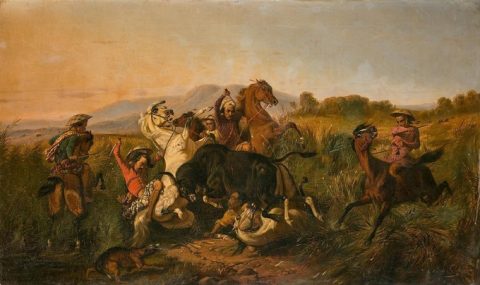
A year earlier, in 2017, Julia, painted in 1914 by the English artist John William Godward (1861-1922), was sold for 740,000 dollars. The neoclassical artist, known for his shy and discreet temperament, enjoyed great success during his lifetime. However, his concubinage with one of his models was never accepted by his family, who disowned him. Expatriated to Italy, he returned to England in 1921 and took his own life a year later. His family, ashamed of this tragic end, burned many of the artist’s documents, of which only one photo remains. Alongside his body, John William Godward left a note saying: “The world is not big enough for me and for a Picasso”.
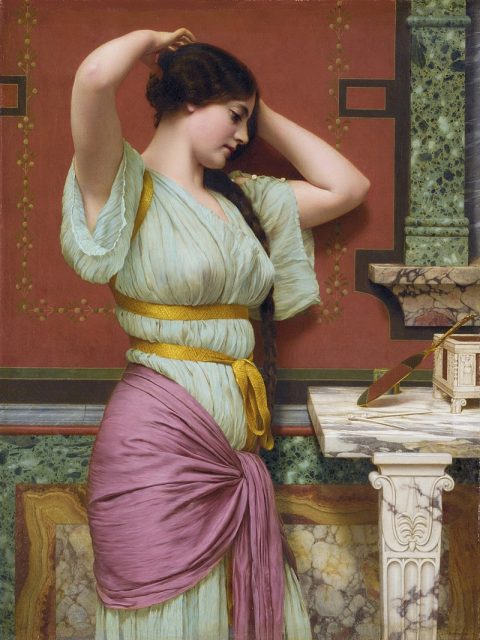
The American expressionist Jackson Pollock also unleashed passions. Born in 1912, Pollock was prone to anxiety and disciplinary problems from an early age. He was addicted to alcohol, and until his death in a car accident in 1956, art was his outlet. When an elderly couple moved to the United States in 2015, experts discovered an untitled gouache by the American artist at the back of the garage, alongside other paintings by Kenneth Noland, Jules Olitski and Lora Kelley Ward. The owner inherited it in 1993, on the death of his half-sister, Jenifer Gordon, who was well known in New York social circles. She was particularly close to Peggy Guggenheim. This work is now estimated at 15 million dollars.
In March 2023, Pollock was in the news again. During an investigation into the dismantling of a trafficking operation between Greece and Bulgaria, a painting bearing his name was authenticated by the National Gallery of Fine Arts in Sofia. On the back of the painting, the signature of the former Romanian dictator Nicolae Ceausescu was found, indicating that it had been part of his private collection. Although its authentication is not internationally recognised, this work could be valued at $54 million.*
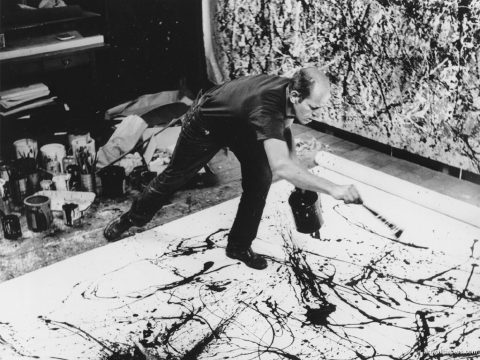
Have you ever heard of the mystery of le Nain? Born between 1593 and 1607, the three brothers Antoine, Louis and Mathieu le Nain were great painters. In 1630, they worked in the Saint-Germain-des-Prés studio, where only Antoine was appointed master. This did not prevent them from beginning a collaboration that lasted some twenty years, until the deaths of Antoine and Louis in 1648. The works of the three brothers were then signed by the same surname: le Nain, which made authentication difficult for the experts, most of whom tried to disentangle the different hands on the canvases. In 2017, in the Vendée region of France, a woman in her seventies contacted two auctioneers to identify a work depicting a child Jesus, given to her by her grandmother in the 1950s. Having been restored a few years earlier, the owner thought it was the work of an English painter because of the type of stretcher used. However, it was eventually authenticated with certainty and sold to an anonymous private collector for 3.6 million dollars. The work is also classified as a National Treasure by the French Ministry of Culture.
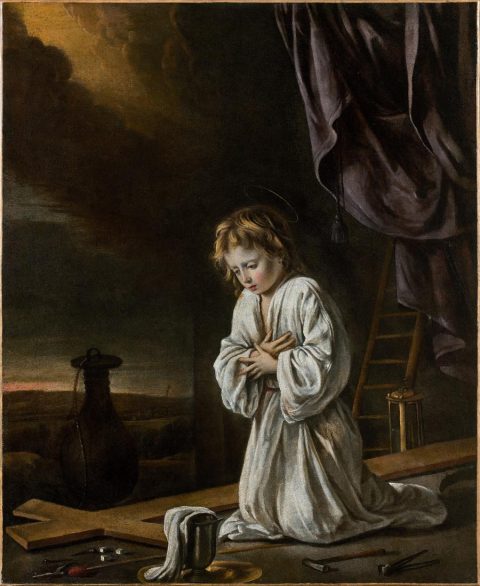
Nicknamed the “painter of painters” by Manet, Diego Velázquez was one of the geniuses of the Sevillian Baroque. His work, The Education of the Virgin, was found in the reserves of Yale University and authenticated after 8 years of restoration.
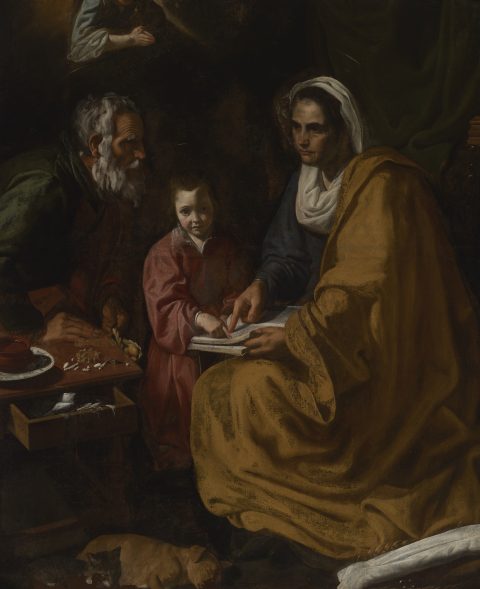
Another masterpiece was The Unconscious Patient, by the famous Rembrandt, painted when he was still in his teens. Part of a series illustrating the 5 senses, this painting depicts a woman holding a handkerchief soaked in smelling salts to the nose of a man who has fainted. Found in a cellar in New Jersey, the work has not been directly identified. It was enlarged in the 18th century and its borders darkened. Its restoration, however, revealed the abbreviation RHF, standing for Rembrandt Harmensz fecit, which means: made by Rembrandt. The work was estimated to sell for between 3 and 4 million dollars.
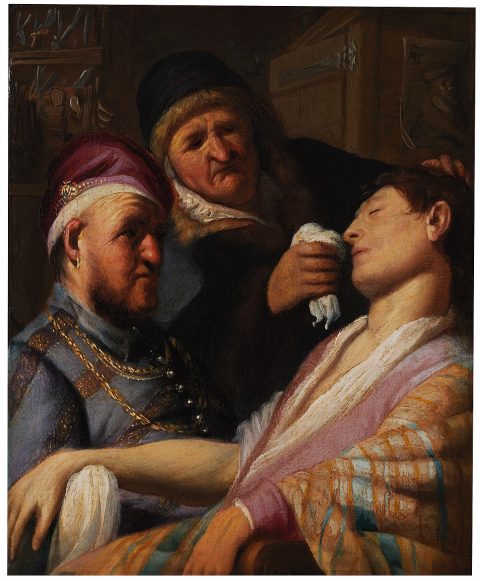
Artemesia Gentileschi also caused a stir when her work Lucretia (c. 1630) was discovered in a flat in Lyon, where it had been for over 40 years. Its exceptional state of preservation is testimony to the brilliant career of this woman who, in the 17th century, was widely recognised by her contemporaries. The work was sold in 2017 for $4.8 million. Yet Gentileschi was forgotten for almost two centuries, before being rediscovered in the 1900s.
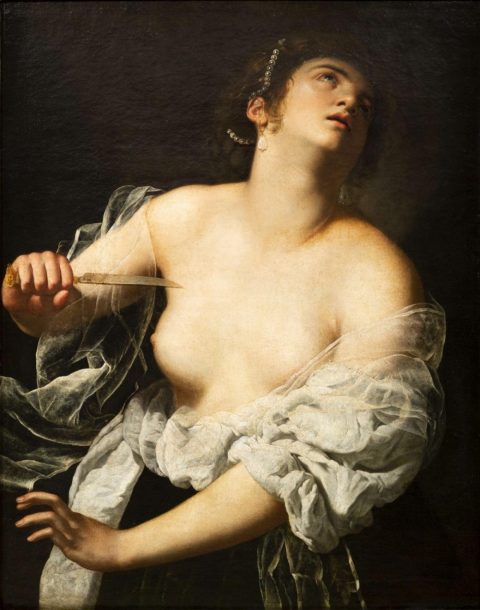
Let’s continue with the 17th century. In Italy, the famous Caravaggio developed his unequalled technique of chiaroscuro. It was thanks to this characteristic that his works became internationally recognised. Judith Beheading Holofernes, painted in 1607, is one of them. Rediscovered in 2014 not far from Toulouse, after disappearing for almost a century, experts marvel at this work, which is estimated to fetch 120 million euros.
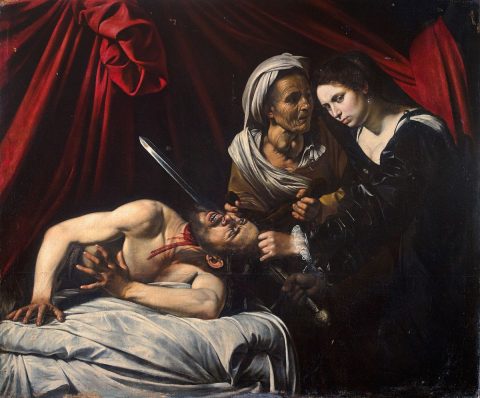
Vincent Van Gogh painted Sunset at Montmajour in 1888, while staying in Arles in the south of France. First sold in 1908, the work resurfaced in 2013 in a Norwegian attic. Its authentication by the Van Gogh Museum was aided by a letter from the artist, dated 1888, in which he describes the painting. According to International Business Time, the work is estimated to fetch $50 million.
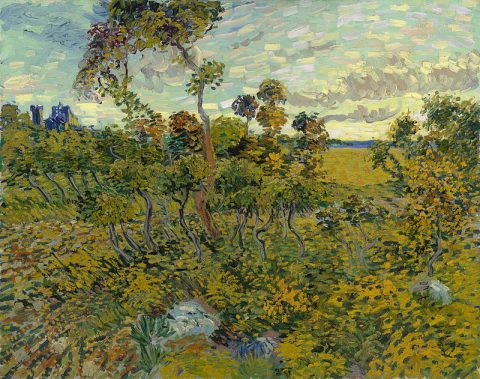
Finally, let’s mention the work that set records. The Salavator Mundi, attributed to Leonardo da Vinci, was won for $450 million at Christie’s in New York by Saudi Prince Mohammed Ben Salman. The painting was rediscovered in 2005 in a small auction room in New Orleans by a “dormant art” hunter named Alexander Parish. Promoted as a work “after Leonardo da Vinci”, it sold for less than €10,000. During its restoration, some disturbing details came to light, notably a repentance on Christ’s thumb, refuting the theory that it was a copy. An imprint of the left palm, on the arch of the eyebrow, proves that the painter was certainly left-handed, like the Italian master. What’s more, da Vinci’s mastery of the sfumato technique is perfect here.
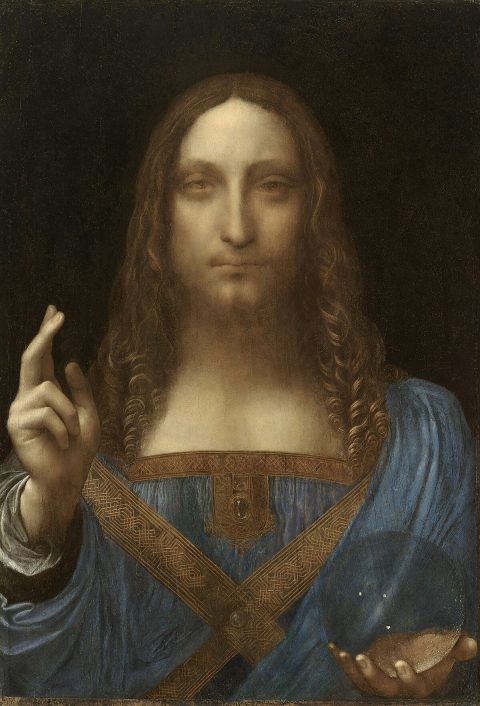
DID YOU KNOW?
– A National Treasure is a cultural asset of major historical, artistic or archaeological interest to the French heritage. A work is generally classified when an export certificate is refused, temporarily preventing the item from leaving the country (30 months). During this period, museums or buyers can make offers to purchase it.
– Today, the work relating to Rembrandt’s taste is still missing.
– A “sleeper hunter” is someone who unearths paintings and sculptures that are undervalued and generally not properly authenticated at auction.
– Sfumato is a painting technique invented by Leonardo da Vinci, which gives a vaporous effect to paintings by drowning the outlines in a smoky effect.

